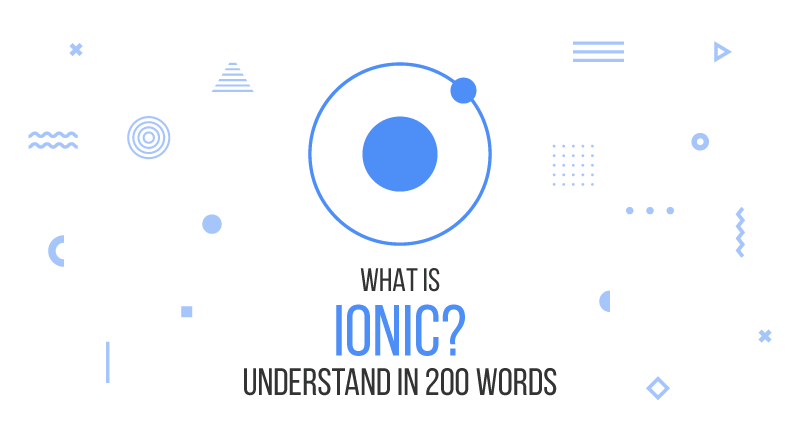

Over 5 million apps created using Ionic according to its official site.
Used by some well-known brands including Sworkit, Untappd, MarketWatch, Nationwide, Amtrak, and NASA.
Ionic is a top choice for building high-quality hybrid mobile apps.
Hybrid apps are built using web tech like HTML5, CSS, JavaScript, and then wrapped in native wrappers like Cordova or PhoneGap to make it native iOS or native Android. Can be distributed and installed through app stores.
Ionic is an open-source mobile UI toolkit developed by Max Lynch, Ben Sperry, and Adam Bradley of Drifty Co in 2013 for developing cross-platform hybrid apps.
It is popular as “Bootstrap for Native.”

Advantages:
Cons include performance issues in native apps, dependencies on plugins, app size, and security issues.
Ionic is built on AngularJS and Apache Cordova.
Ionic 4 is widely used for building high-quality, best-in-class PWAs combining best of mobile and web to deliver superior experiences.
A Good Read: React Native vs. Ionic
SPEC INDIA is your trusted partner for AI-driven software solutions, with proven expertise in digital transformation and innovative technology services. We deliver secure, reliable, and high-quality IT solutions to clients worldwide. As an ISO/IEC 27001:2022 certified company, we follow the highest standards for data security and quality. Our team applies proven project management methods, flexible engagement models, and modern infrastructure to deliver outstanding results. With skilled professionals and years of experience, we turn ideas into impactful solutions that drive business growth.
SPEC House, Parth Complex, Near Swastik Cross Roads, Navarangpura, Ahmedabad 380009, INDIA.
This website uses cookies to ensure you get the best experience on our website. Read Spec India’s Privacy Policy